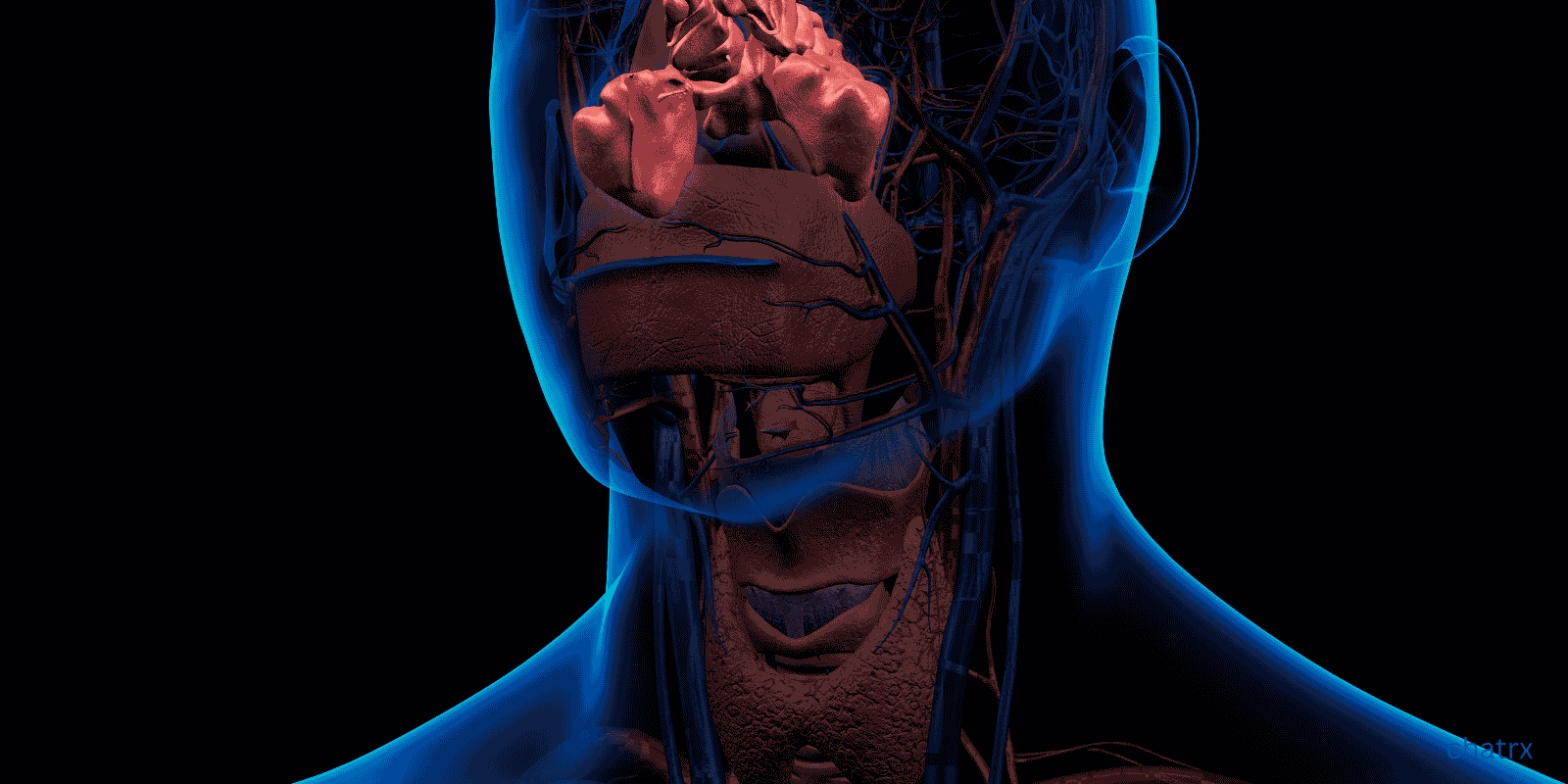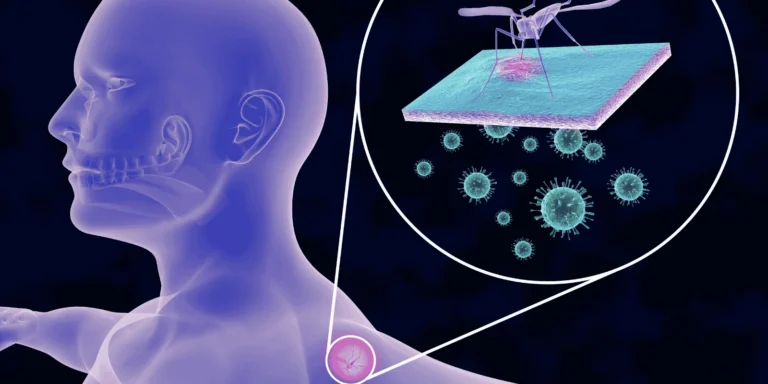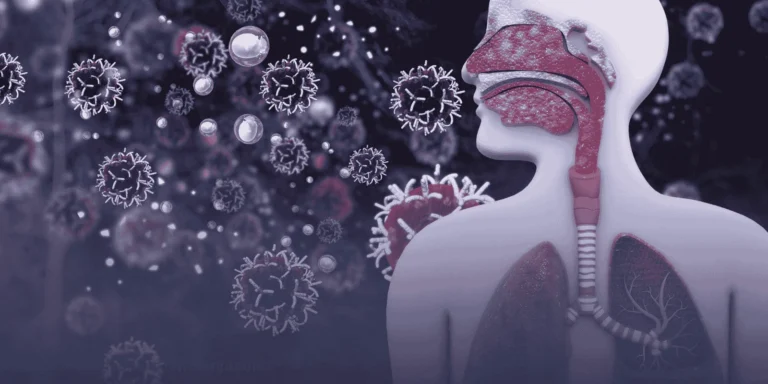Understanding whether you’re dealing with acute or chronic sinusitis helps determine the right treatment approach. While they share some similarities, there are key differences in symptoms, duration, and management.
Acute sinusitis develops suddenly, typically following a cold or allergic episode. Symptoms include:
- Facial pain, pressure, or fullness
- Nasal congestion and discharge
- Reduced sense of smell
- Possible fever
- Symptoms lasting 2-4 weeks
Chronic sinusitis, by definition, persists for 12 weeks or longer despite treatment attempts. Its symptoms tend to be:
- Less severe but more persistent facial pressure (often described as a “heavy” feeling)
- Ongoing nasal obstruction and congestion
- Post-nasal drip, particularly noticeable in the morning
- Chronic fatigue and “brain fog”
- Recurring bad breath despite good oral hygiene
- Symptoms that “wax and wane” rather than completely resolve
The quality of nasal discharge often differs too. In acute sinusitis, discharge is typically thick and discolored (yellow or green). With chronic sinusitis, discharge may be thinner and clear to yellowish, with periods of thicker secretions during flare-ups.
Acute sinusitis typically responds well to treatment, with symptoms resolving completely. Chronic sinusitis, however, may require long-term management strategies and sometimes surgical intervention to address underlying structural issues.
Another distinguishing feature is pattern. Acute sinusitis occurs as isolated episodes with clear beginnings and endings. Chronic sinusitis represents an ongoing inflammatory condition with periods of improvement and worsening.
If you’re unsure which type you’re experiencing, ChatRx can help evaluate your symptoms, duration, and pattern to determine the appropriate treatment approach.













